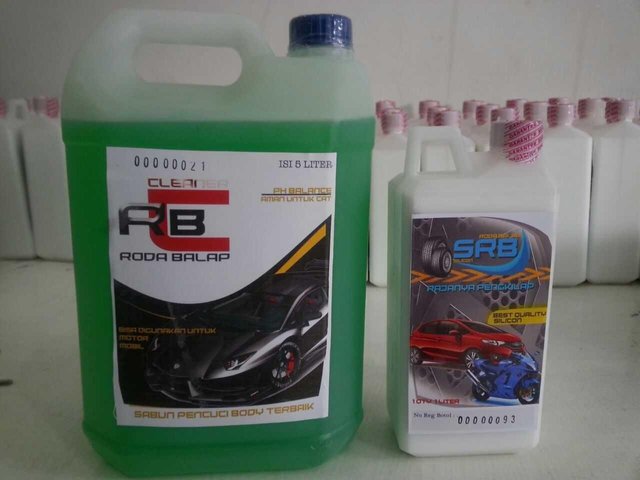
Radiator Function
Broadly speaking, the radiator function is as engine coolant. But how does it work? Sriyono explained, the heat generated by the engine will be absorbed by the liquid or radiator coolant that circulates through the water jacket in the cylinder and the cylinder head.
Furthermore, this hot liquid will be pushed / siphoned into the radiator, in components made of many small pipe of this fluid will be scattered, because many fins are passed by the wind then the automatic temperature down. "Well liquid that has been cooled will rotate back into the machine," he explained.
Only, to keep the engine temperature optimally, there is in the range of 89-90 ° C, then it takes additional components. First there is a thermostat, this component is like a gate for water in the channel. If the engine temperature is still too cold, then the liquid does not circulate to the radiator. If the new rising temperature opens, so it can be cooled in the radiator.
If the liquid has circulated but the temperature remains high, then the performance of the radiator will be assisted by extra fan or additional fan. Its function is certainly to suck the air from the front of the radiator, so that cooling can take place. Usually works when the motor is stuck in a traffic jam where there is no gust of wind.
Vote and follow